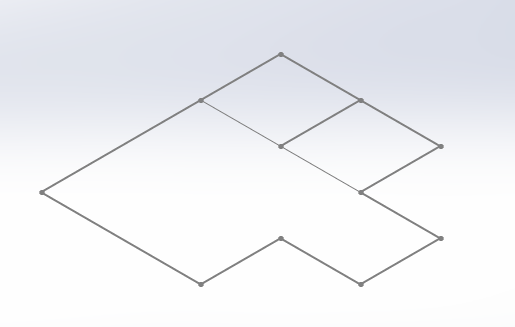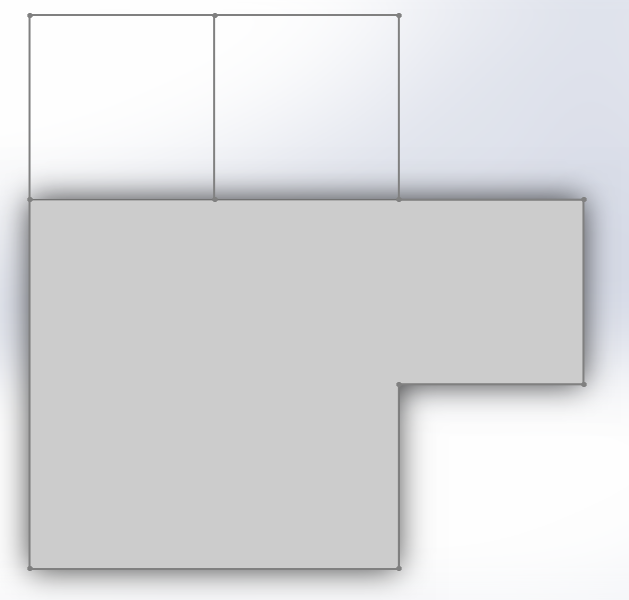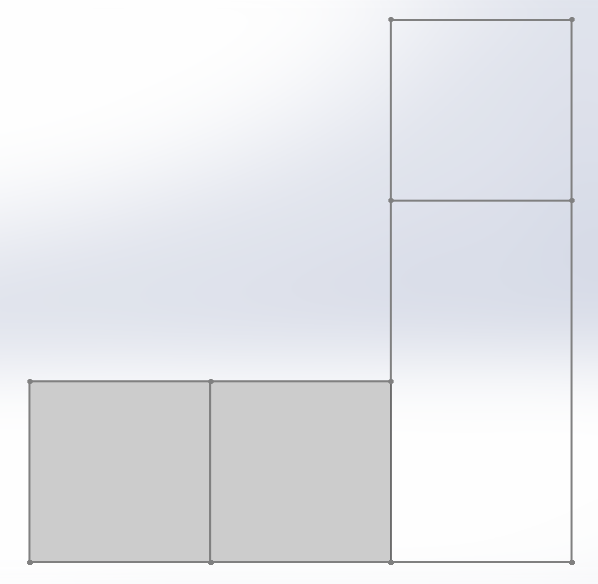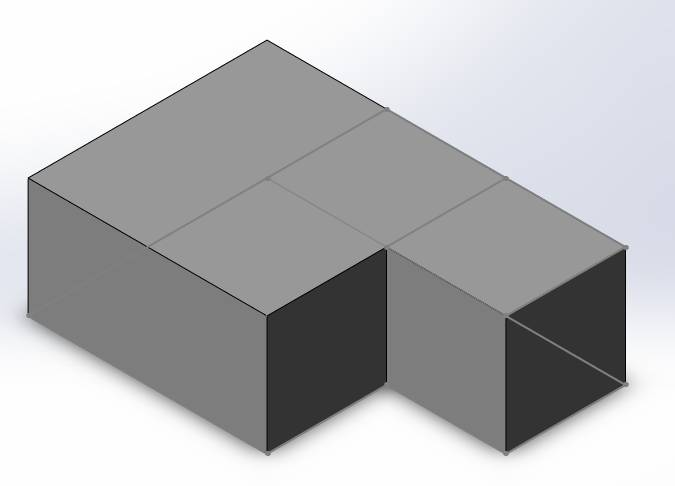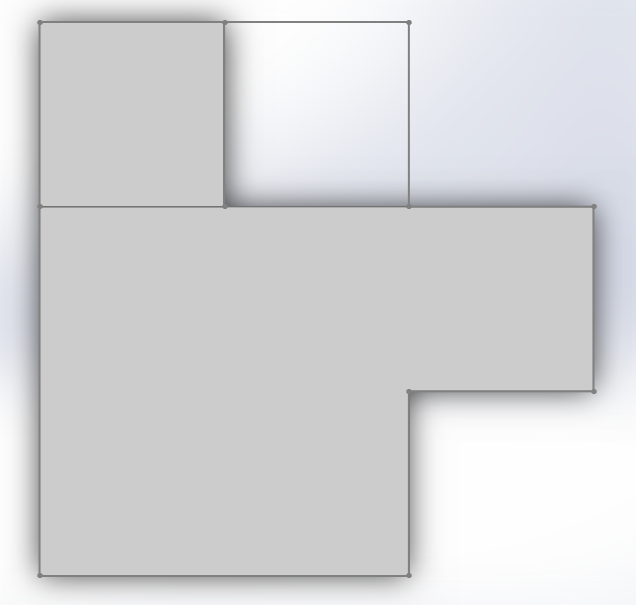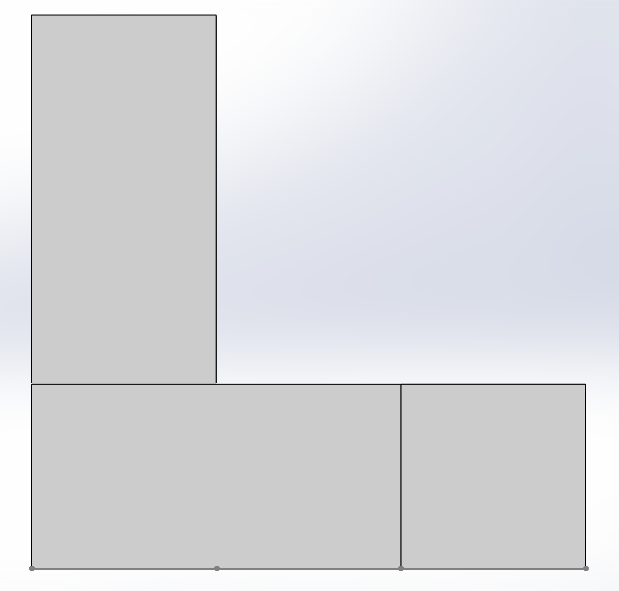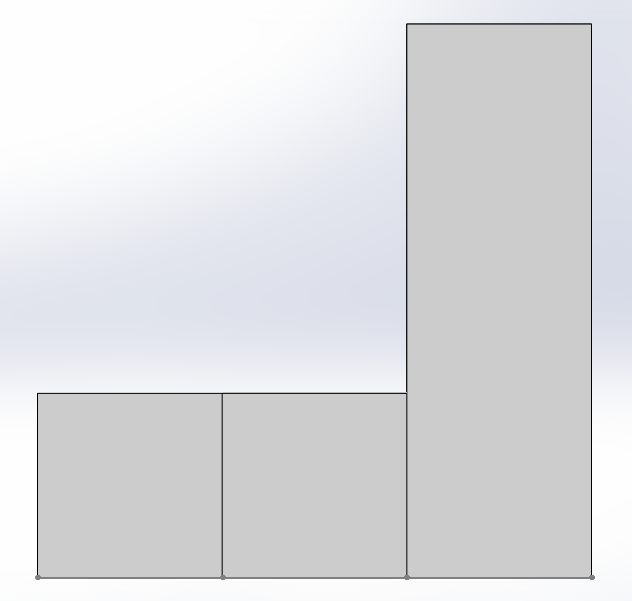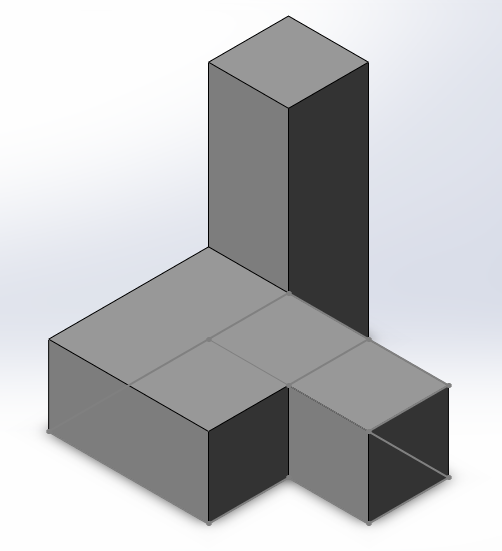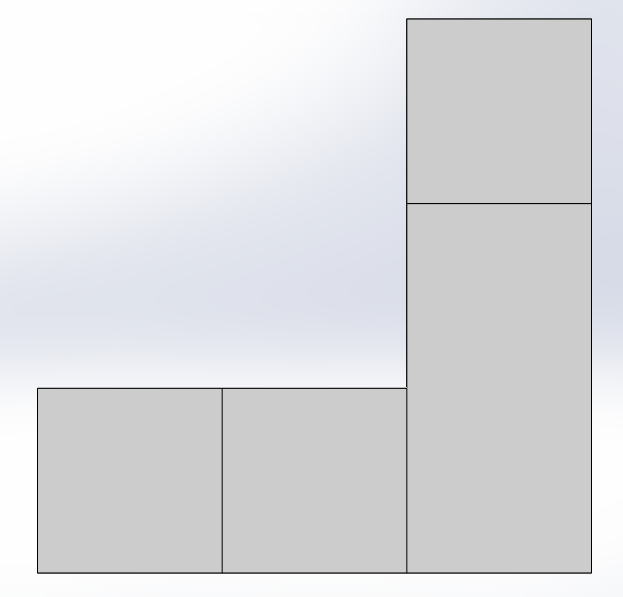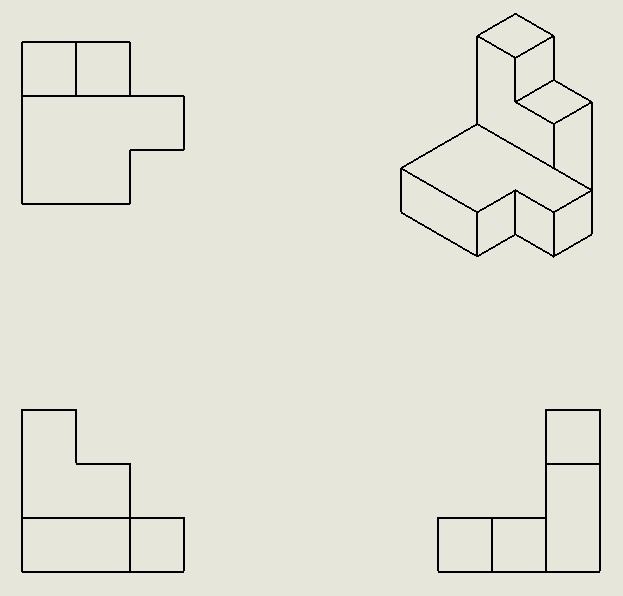This is the only course that's giving me trouble. The math, the blueprint and the machines are easy to grasp but I lack the creative juices to create an isometric drawing from an orthographic drawing when given a front, top and right side view. This is an important component when you're trying to make a career in gunsmithing so do yall have any tips or tricks to help visually paint the image? Once it's drawn, it's easy to check your work and it makes perfect sense but getting there is another story.
This is an example from our workbook. My instructor is one of those guys that knows his way around a machine but doesn't know how to explain it very well; I know we've all had em. There's a few lines I haven't erased yet so excuse those. This page took me a shade over an hour start-to-finish and there's still some errors I need to correct, #2 in particular but my brain needs a break.

This is an example from our workbook. My instructor is one of those guys that knows his way around a machine but doesn't know how to explain it very well; I know we've all had em. There's a few lines I haven't erased yet so excuse those. This page took me a shade over an hour start-to-finish and there's still some errors I need to correct, #2 in particular but my brain needs a break.


